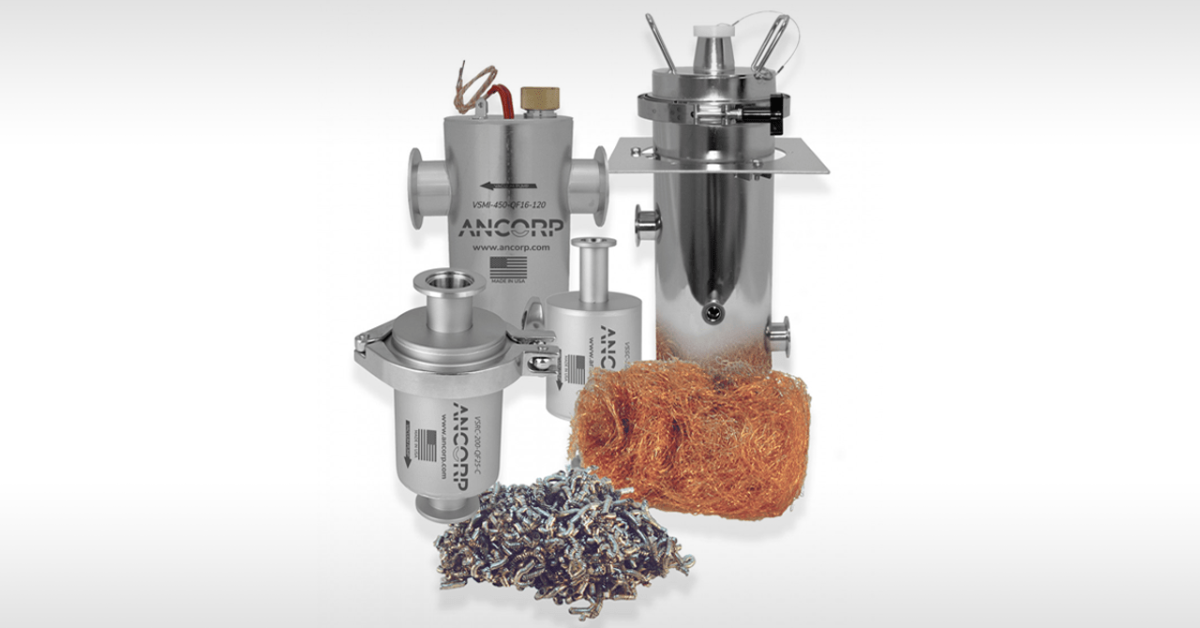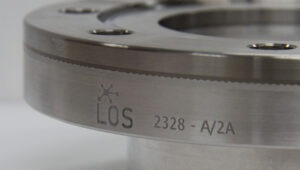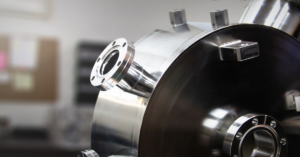Vacuum Traps: The 5 Most Common Questions

Traps in the simplest sense of the word serve a function: to obstruct the movement of some thing. In the field of vacuum science, vacuum traps serve to protect a vacuum system by reducing the presence of oil or moisture.
In vacuum processes using oil-vane rotary pumps, vapors that can contaminate a system are often a result of the system pump’s oils backstreaming. By placing a vacuum trap between your pump and system, you can protect your system’s process from these oils. Processes employing the use of dry-scroll pumps would benefit from the use of cold traps, which serve to protect the dry-scroll pump by reducing the moisture present to preserve seal integrity.
To determine which ANCORP vacuum trap would most serve your needs, check out our trap selection guide here. Below are our top 5 most commonly asked questions about traps and their answers!
1. Can a trap remove 'X' chemical/compound from my system?
It is important to note that a trap does not primarily serve as a filtrate. If you are looking for a product to meet this solution, ANCORP does supply exhaust filters, particulate separators, and particulate filters. Additionally, while a trap may contribute to vapor collection, this function does not serve its tested purpose and vapor collection efficacy will vary across applications.
2. What is a trap's impact on pump-down time?
Adding a trap or cold trap to any vacuum system will increase pump-down time as the total volume of your system is expanding. Pump-down time also increases with the size of the trap but will ultimately be determined by system specific configurations including system geometry, component conditions, desired pressure, etc.
3. What media do I use for my application?
In choosing which media to use for your application, please refer to our rechargeable and sealed traps manual. This manual will guide you between choosing stainless steel, copper, activated charcoal, or activated alumina.
4. When do I need to change my media?
Both sealed and rechargeable media traps have an industry use range between 3 and 6 months. The rechargeable and sealed traps manual advises individuals to assess the condition of media and outlet sides regularly to determine media saturation.
5. When installing my trap, which side do I put towards the top?
If a marker indicating the pump side is not visible, look inside the trap through the flange for the baffle, which is a circular disk in the center of a metal mesh. The side with this baffle should face the pump, as the baffle is intended to be the first line of defense against backstreaming pump oil.



